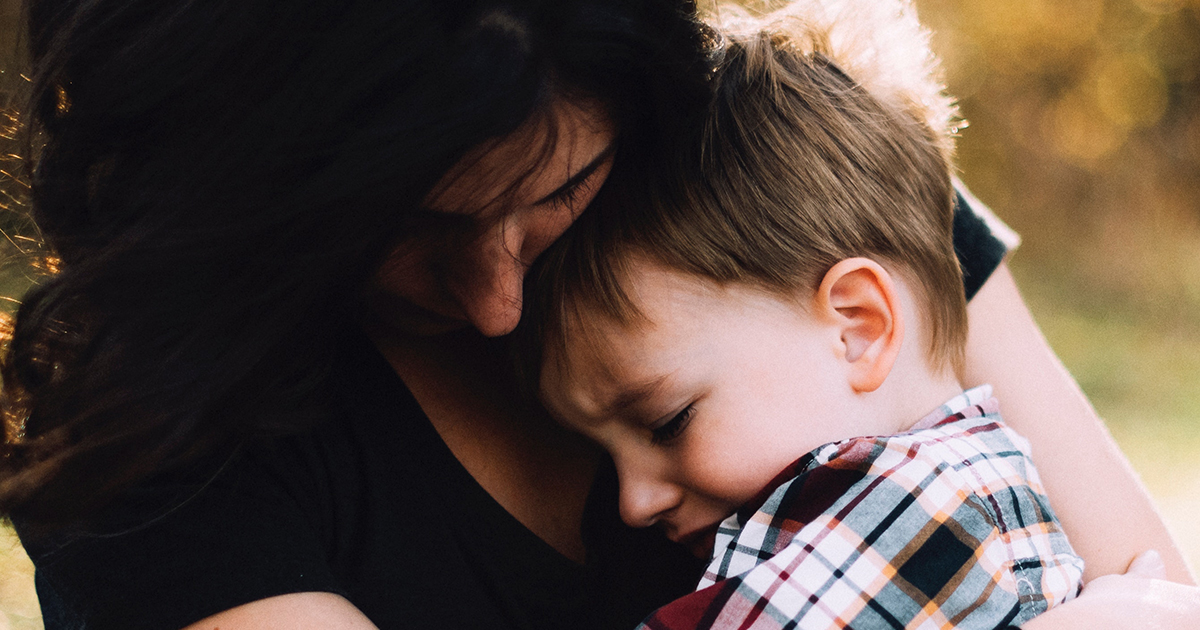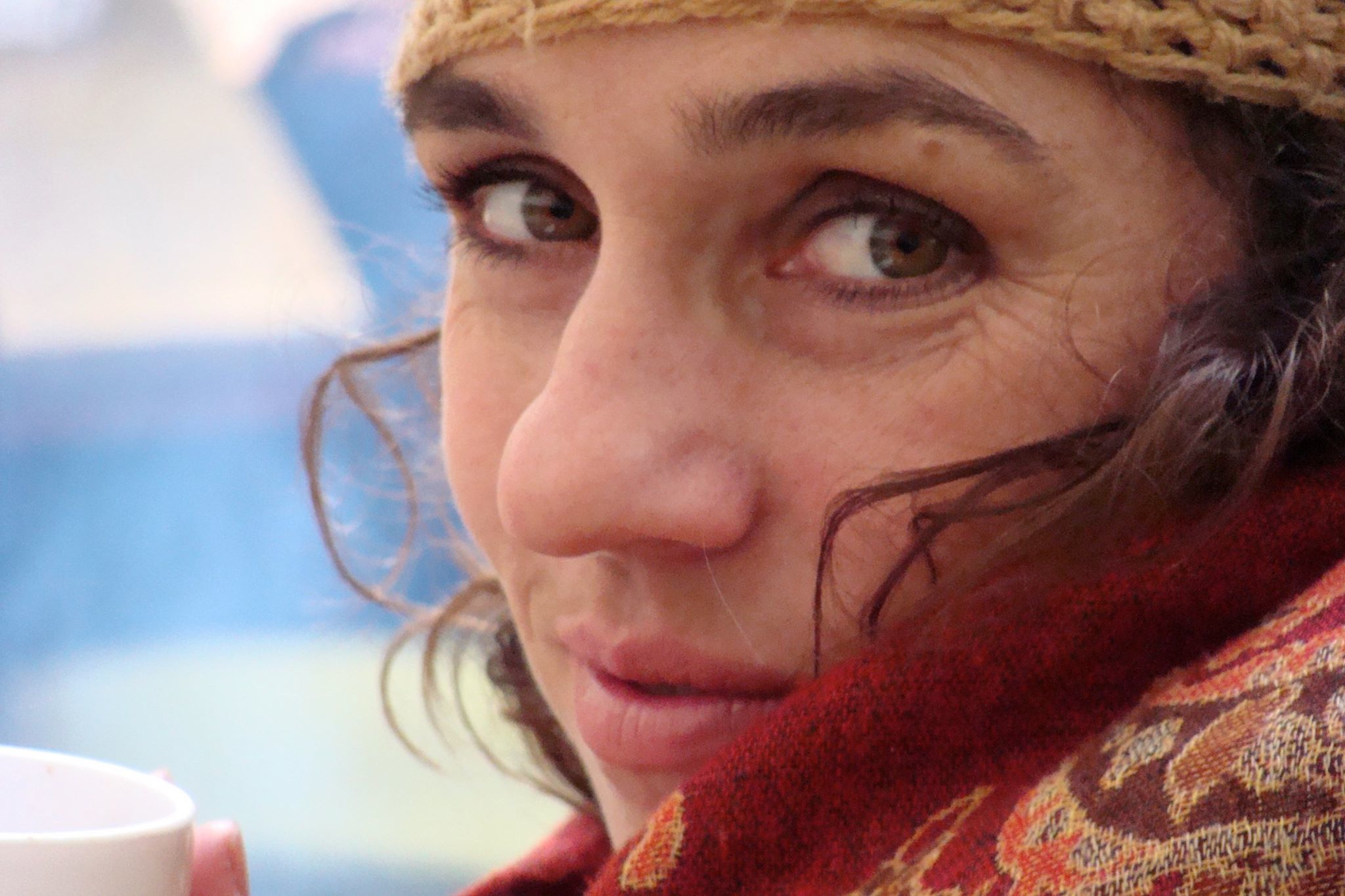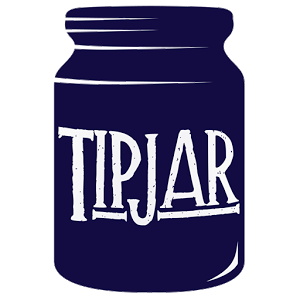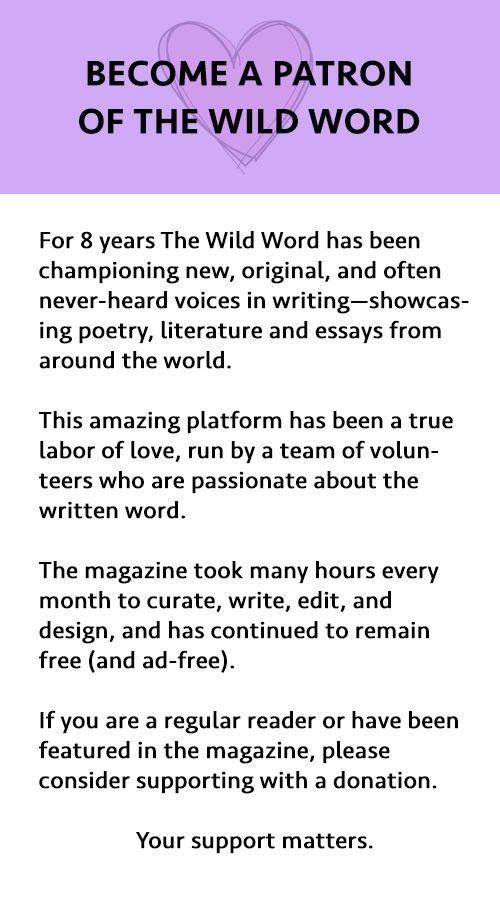A GOOD ENOUGH MOTHER
★ ★ ★ ★

By Erinbell Fanore
“It only takes a good enough parent” to raise a child, said Winnicott, a British paediatrician and psychoanalyst. I remember reading that many years back and breathing out a huge sigh of relief. Good enough. I can do that.
Our childhood years are such formative ones. We learn so much implicitly. We take on our family’s and society’s spoken and unspoken ways. Then we become adults and it becomes our responsibility to make sense of ourselves: how we are the ways that we are and our roles in our family, in relationships, and in society. It’s a lot to get to know.
And if we chose to have kids, there is a pressure to do it right. To give our kids the best formative years possible. Perfect years. Yet perfect isn’t possible and fortunately not needed.
So what do I need to give my kids? To paraphrase Sarah Powers, “less baggage than we got.” I love the simplicity of this idea. I think of my mother and how she did that for me. Her childhood was rough. Her father was an abusive alcoholic. But her mother was good enough. Her mother wasn’t able to provide a shiny place full of love, but she gave my mom enough love. Enough love that my mom could take that, move across the country and raise her own kids with a fierce sense of always being loved.
Here I am raising my kids. Trying to give them less baggage then I got. How do I do that? One practice I learned from Daniel Seigel sticks out. It shone light on how I deal with uncomfortable emotions or situation. There is an instinctive urge in me to get over them quickly, to move on to better brighter things.
My daughter comes running to me. All happy, arms outstretched ready to hug. And then she trips on a rock, falls, and scrapes her knee. My first instinct is to pick her up, hold her tightly in my arms and say, “Shhh don’t cry sweetie. It’s ok. You’re ok. It’s only a small bump. You’re fine. Let’s go play.”
This is how I was raised. I think many of us were raised this way. But I have realised there is a dismissal of natural emotions in it, a denial of feelings, and an expectation to be able to move on quickly. Through my studies and reading, I learned about a different way. One that honours things as they are. Not blowing them up but clearly seeing situations and our reactions to them for what they are. In Daniel Siegel and Tina Payne Bryson’s book, The Whole Brain Child, this strategy is called “Name It to Tame It.”
My daughter comes running to me. All happy, arms outstretched ready to hug. And then she trips on a rock, falls, and scrapes her knee. I pick her up, hold her tightly in my arms and say, “Oh sweetie, you fell on that rock over there. That must have hurt.”
“It did.”
“Show me where it hurts.”
“Right here.”
“I see it. You were running to me, all excited for a hug and then you fell and hurt yourself.”
“Yes.”
“And now I am holding you and hugging you.”
“Yes.”
“How do you feel now?”
“Sad but better.”
“Should I hug you a little longer?”
“No I’m fine. Let’s go play.”
This is an example of an easy ouch, a young child’s hurt. The practice works with bigger pains, with disappointment, anger, heartache. It works through the teenage years into adulthood. The practice of naming what we are experiencing, no matter how intense it is in the moment, helps us have room to feel what we are feeling and not be overwhelmed by the physical intensity of the emotions. There is a linking of the left and right hemispheres of our brain as opposed to shutting down or burying feedback in one side or the other. Our right brain can go into overdrive with strong emotions and their physical sensation (thumping heart, heat, tension, physical pains). By bringing in our left brain: naming the emotions, retelling the story to better understand what happened, we create more connections in the brain. We make sense of the situation and can then have more capacity to let the feeling come and go. Because that is what feelings do—well that is what they should do. Like waves, they flow through us.
All emotions are needed. That wasn’t clear for me as a young child. Implicitly, I learned to suppress my anger. On top of that I added a layer of guilt for feeling angry. I learned to cover it all with a sunny disposition. Without fear of losing my inner sunshine, I am getting to know my anger and my guilt more intimately. They are two trigger points. Emotions I feel shame about. So just as I try to teach my children to name what they are feeling, I am learning to do that for myself. Naming my anger or guilt in the moment as just that, “This is burning anger” or “This is feeling really guilty.” Not needing to justify or deny them but first recognising them as they arise. It’s not easy but I think it is so important for my health and wellbeing. As I said above, it is our responsibility to make sense of ourselves, our pasts, our layers. There is a lot to get to know inside of me. Fortunately, I don’t need to get it all yesterday. I don’t need to be perfect. My children don’t need me to be the better version of myself that I used to hold myself up to. They need me as I am. And the more of me I know, the more they get, and the more we can connect.
Erinbell runs family yoga retreat weekends just outside of Berlin, where families can bond, play, stretch, laugh, try new things, rest, and let their creativity fly. It’s also a weekend for parents to let go of the organizing, cooking, and cleaning and instead enjoy lots of time with their children.

Erinbell Fanore was born and raised in Vancouver, Canada. She holds a Bachelors of Theatre from York University (Toronto), Canada and a Masters of Theatre from University College Cork, Ireland. Erinbell is also a 500 hours Yoga Alliance certified yoga teacher. She has been teaching yoga and mediation full time since 2007 and continues to write and direct. https://www.yinyogaberlin.de

DEAR READER
At The Wild Word we are proud to present some of the best online writing around, as well as being a platform for new and emerging writers and artists.
If you have read the work in The Wild Word and like what we do, please put something in our tip jar.
THANK YOU FOR YOUR SUPPORT!
























A well thought out article. All parents need to listen to their children and react in a manner that shows they have understood their child’s problem and still love them and are ready to offer a hug or any suggestion if asked or needed.